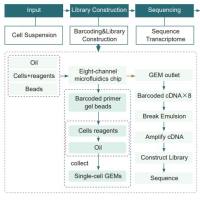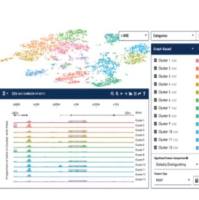Tapping Genomics to Unravel Ectomycorrhizal Symbiosis
互联网
427
Given recent technological advances, we are in a golden era of cell and whole organism research. With the availability of so many sequenced genomes, and the data that has been mined there-in, it is easy to gain the impression that all our work as scientists is complete. Instead, such work and results have now provided oceans of data, but with minimal functional information. We also do not have a full grasp on the working relationships within a number of different plant developmental pathways. This is especially true in the study of the symbiotic interaction between ectomycorrhizal fungi and their plant hosts. One of the current interests in symbiotic and pathogenic interactions between plants and fungi is the role of small, secreted proteins. What makes fungal small secreted proteins so interesting is that only a few of them share sequence homology to any other known proteins, but some may act as effectors modulating plant metabolism and development. Therefore, it is difficult to make predictions as to the action of these proteins without functional analysis. For this reason, we created a pipeline to analyze the role and function of these proteins. Typically, this involves transcriptional analysis of genes followed by protein localization, identification of protein–protein interactions, and functional analysis of the protein through heterologous expression in yeast among many other different procedures. Due to the physiology of mycorrhizal root tips, there are a number of unique challenges that must be overcome to properly study a fungal effector. Here, we outline some of the methods, and hopefully helpful tips, that we are currently using to pursue the study of different effectors in the Laccaria–Populus interaction.









